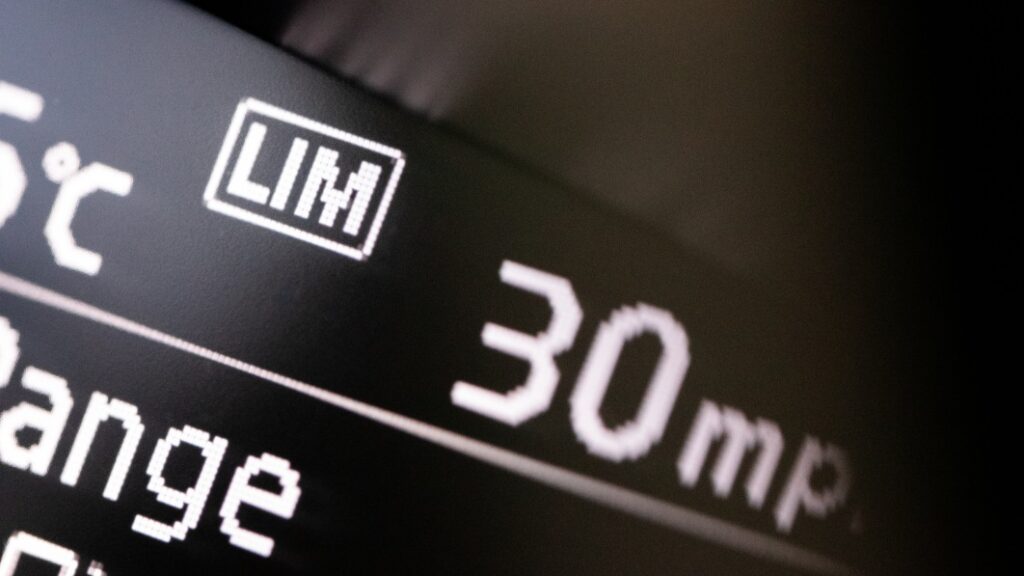NTSB again urges car speed-limiter tech — after fatal crash at triple the posted speed

Part of the National Transportation Safety Board’s mandate is to investigate vehicle accidents on behalf of the U.S. government. Based on its findings, it issues recommendations to other agencies like the Federal Highway Administration (FHWA) and National Highway Transportation Safety Administration (NHTSA) about how to make U.S. roads and travel safer. The NTSB cannot make new laws and regulations, it can only advise the departments that do make the laws. After investigating a three-vehicle accident that happened in Las Vegas in January 2022, the NTSB is again recommending a few measures to curb speeding, one of them being the “need for intelligent speed assistance (ISA) technology and countermeasures including interlock program for repeat speeding offenders.”
This is the third time since 2017 the agency has suggested new measures inside and outside a car to limit speeding and maximize enforcement of speed limits. The NTSB’s 2017 Safety Study: Reducing Speeding-Related Crashes Involving Passenger Vehicles, SS-17/01, recommended ideas to the FHWA like updating speed camera guidelines “to reflect the latest automated speed enforcement (ASE) technologies,” and working with the NHTSA “to assess the effectiveness of point-to-point speed enforcement in the United States.” In 2022, after investigating a crash from December 2021, the NTSB nudged the NHTSA to entice “vehicle manufacturers and consumers to adopt intelligent speed adaptation (ISA) systems that would prevent speed-related crashes.”
In the Las Vegas crash, the driver of a Dodge Charger doing 103 miles per hour in a 35-mph zone ran a red light and hit a minivan. The impact killed him and his passenger, as well as a family of seven in the van, and critically injured a woman in a third car. It was the deadliest wreck in Nevada going back 30 years. The Charger driver in was later found to have been high on PCP and cocaine.
The NTSB’s comprehensive, multiply-redundant approach to tackle speeding would have Intelligent speed assistance technology (ISA) installed in new vehicles to give drivers passive warnings about driving above the posted limit or take active measures to reduce the vehicle’s speed to the posted limit. The approach also would conduct an educational campaign about speeding, develop new laws to track and more severely punish repeat speeding offenders, and make ISA technology adoption part of the New Car Assessment Program (NCAP) rating system. The Las Vegas Sun reported that the agency “also asked the Insurance Institute for Highway Safety to study the impact of automotive marketing ads that the board said encourage speeding,” citing “a Dodge muscle car ad that she said emphasizes speed ‘and encourages drivers to never lift their foot off the gas pedal.'”
So far, such advice is a non-starter on a broad scale. Following its latest recommendations, NTSB head Jennifer Homendy said, “This crash is the latest in a long line of tragedies we’ve investigated where speeding and impairment led to catastrophe, but it doesn’t have to be this way. We know the key to saving lives is redundancy, which can protect all of us from human error that occurs on our roads. What we lack is the collective will to act on NTSB safety recommendations.” The agency said about one-third of the vehicle crash fatalities in 2021 happened in speeding-related incidents.
Some cities are experimenting with ISA in government fleets, New York City having installed systems in at least 50 government vehicles across nine agencies last year. As soon as the pilot was announced, a New York State legislator introduced a bill mandating ISA tech in cars starting with any car manufactured after January 1, 2024. That won’t happen, but NYC Mayor Eric Adams reported at the beginning of this year, “Since we launched this pilot in August, our fleet vehicle operators continue to get the critical work done while prioritizing safety for themselves and others. In four months, we’ve seen a 36 percent reduction in hard braking and compliance with the local speed limits 99 percent of the time. We are inspired by this success and look forward to a complete assessment of the pilot in the months to come.”



